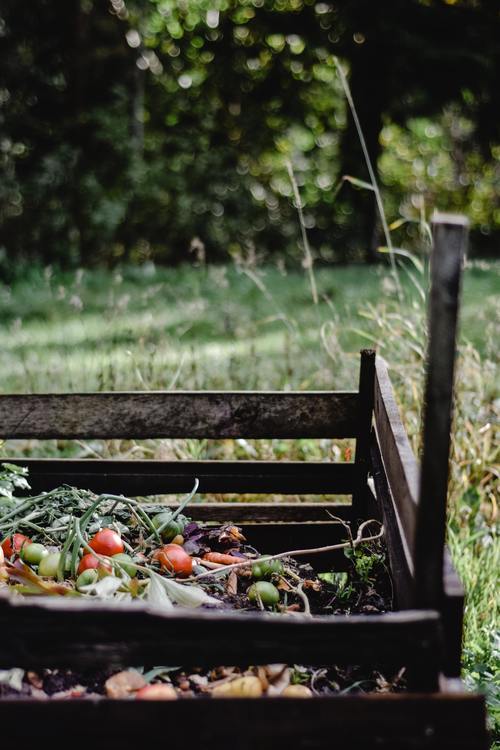Anyone interested in permaculture will be able to use the 12 design principles to get the very best from this gardening practice. These tools will work together to help us reduce energy and resources, and they can be adapted to suit the environment.
The first principle is to ‘observe and interact,’ which means to study the seasons and understand that patterns of weather can affect plant growth. It can help to learn how to make better decisions about eco-friendly changes to our homes and inform planning for gardens and even farms. The second principle is to ‘catch and store energy,’ which relates to maximizing natural resources such as the sun and water. The third principle is a significant one; ‘obtain a yield,’ as this is the point to harvest produce to feed family and others.
The fourth principle is to ‘apply self-regulation and accept feedback.’ This relates to taking responsibility for climate change and the actions that have led to it. The fifth is to ‘use and value renewable resources and services,’ making the most of what nature has to offer without causing any damage. The sixth principle is to ‘produce no waste.’ This is pretty self-explanatory; tons of waste reach landfills every week. This principle means that anything that can be reused should be recycled; for the permaculture gardener or farmer, this means composting and avoiding anything that cannot be reused or recycled.
Choosing Your Plants
The seventh principle is to ‘design from patterns and details’ and requires consideration of every aspect of the site, from the gardening to the daily life of the people who live and work there. This is where an app such as https://getplanta.com will come in useful and will help to identify plants that will work in your space. It is also worth visiting other homes or sites that have embraced permaculture to see how it works for them. The https://getplanta.com app will be helpful to identify any plants that they are growing that you do not recognize. If you are a beginner, then the https://getplanta.com app will also explain how best to care for the plants that you have identified.
The eighth principle advises integrating plants instead of segregating them, so plants flower alongside vegetables. This is to encourage beneficial insects and to control pests. The ninth is for small and slow solutions such as the use of hand tools rather than heavy machinery and ‘relocalizing’ needs, so we are not reliant on complex supply chains. The 10th principle is to make good use of diversity and to value it, so in terms of gardening, people should vary crops and energy sources. The 11th principle is to take care of the edges and use them to the fullest.
The final 12th principle is to use change and be creative with responses to it. Nature can be unpredictable, and sometimes things happen that we do not expect.

